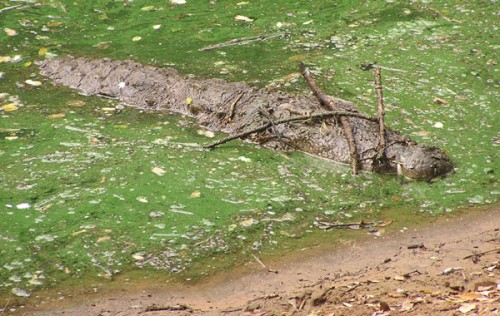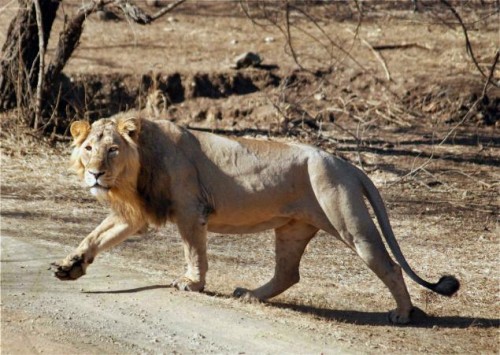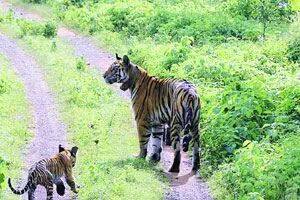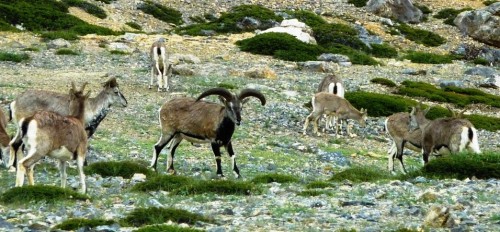The dense mangrove forests in the Krishna river bed at Nagyalanka mandal, Andhra Pradesh near its confluence point is facing a threat to its very survival due to constant erosion of the 5km river bed.
Krishna river is one of the longest rivers in central-southern India also known to cause heavy soil erosion during monsoons. During the months from July to September, the river’s flow is so strong that it may often reach a depth of over 75 feet (23m). But the present erosion is a cause of concern for environmentalists as it may pose threat to the aquatic life and the mangrove forests lining the river beds.
The present erosion has caused damage along the river bed in the Krishna district as well as the Guntur district of Andhra Pradesh. On the Krishna district side of the river bed, erosion has resulted in the widening of the Krishna River adjacent to Salempalem and Kottapalem villages. Bobbarlanka and Piratlanka areas of Guntur district area are facing threats to their river bed ecology.
Damage due to erosion has been observed and reported by local boatmen too who have reported of mud on the bank of the river slipping during storms when the sea gets rough and due to tidal action.
As per the locals, in the past five years, the river width has increased by 50 to 70 metres.
Andhra University Geology Professor N. Subba Rao says,
“The changes in sea water level and high tidal waves near the confluence point must be causing erosion.”
If soil erosion continues, a number of aquaculture ponds that exist in the vicinity are likely to be affected. The increase in salinity of the ground water will increase salinity of these ponds as well affecting the aquatic life. The cost of maintaining and managing the salinity in the water would be very high.
The Mangrove forests of Krishna river bed are also threatened due to cyclonic storms and human intervention. The local community living in coastal areas particularly fishermen, use the mangroves for firewood, fencing materials fodder, house construction and grazing.
In nature, the floating root systems of the mangrove plants have a crucial role to play in protecting the land and providing feeding and breeding grounds to aquatic creatures. Mangroves are ideally suited to protect the river bed from erosion. They serve as barriers to coastal storms, conserve the soil, support sustainable fisheries, provide medical products and fuel wood and fodder, are habitats of wide range of flora and fauna, and act as nature’s ecological security system in coastal estuaries.
If the beds are washed away due to erratic nature of the Krishna river, there is therefore much to lose ecologically as well as commercially in these parts of India.
More Related Stories,
From Gharials to Dolphin Yamuna River Home to Many Species
Natural disaster or Cost of Ecological Sins?
How an Octopus in Kerala backwaters in Puzzling Scientists
Image via cc/Flickr by Heather Cuthill






